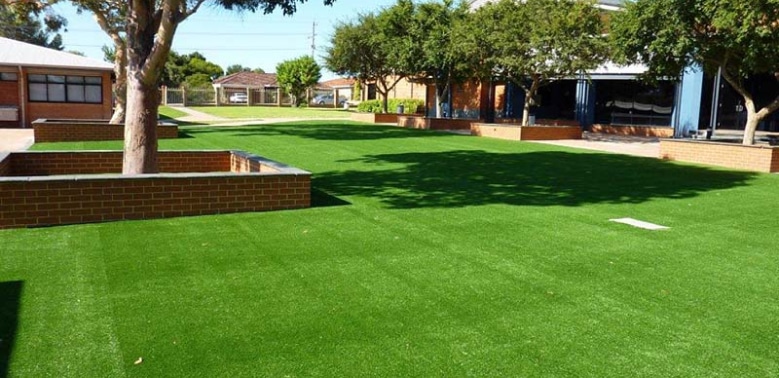Maintaining a lush, green lawn is a point of pride for many homeowners, but the question of whether to remove grass clippings after mowing remains a topic of debate. Contrary to popular belief, leaving clippings on the lawn can be beneficial, saving time and promoting environmental health. This article delves into the best practices for mowing and the surprising advantages of letting clippings decompose naturally on your lawn.
Understanding the Mowing Process
When it comes to lawn care, timing and technique are crucial. Mowing your lawn too infrequently and artificial grass Coventry too much of the grass blade can be detrimental to your lawn’s health. Experts recommend cutting no more than one-third of the grass blade length during a single mowing session to prevent stress on the grass and maintain a healthy lawn. This typically translates to mowing every 3-5 days during peak growing seasons. By adhering to this guideline, the clippings are short enough to decompose quickly and will not smother the grass.
The Myth of Thatch Buildup
A common misconception is that leaving grass clippings on the lawn contributes to thatch buildup—a dense layer of organic matter that can impede water and nutrient penetration. However, thatch primarily consists of slower-decomposing parts of the grass, such as stems and roots, not the rapidly decomposing leaf blades. In fact, research from the University of California’s Integrated Pest Management Program indicates that grass cycling—leaving clippings on the lawn—does not contribute to thatch and can actually help prevent it by fostering microbial activity that breaks down organic matter.
Environmental and Nutritional Benefits
Leaving grass clippings on your lawn offers several environmental advantages:
Reduction in Waste: By not collecting clippings, you’re minimizing the amount of green waste sent to landfills, which is a significant environmental win.
Natural Fertilization: Grass clippings are rich in nitrogen, an essential nutrient for lawns. As they decompose, they release nitrogen back into the soil, reducing the need for synthetic fertilizers.
Water Conservation: Clippings help retain moisture in the soil, decreasing the need for frequent watering.
Moreover, a study by Michigan State University Extension highlights that grass clippings can provide up to 25% of a lawn’s fertilizer needs, emphasizing the importance of leaving them to decompose naturally.
Time and Effort Savings
By mowing more frequently but cutting less grass each time, you’ll find that mowing becomes quicker and more efficient. This approach not only contributes to a healthier lawn but also saves you time since you won’t need to stop and empty the mower bag. Over the course of a growing season, this can add up to a significant amount of saved time and effort.
In conclusion, the practice of leaving grass clippings on the lawn after mowing is not only safe but beneficial. It promotes a healthier lawn, conserves resources, and aligns with environmentally friendly practices. Next time you mow, consider the advantages of letting those clippings stay where they fall. For more information on lawn care best practices, visit the University of California’s Integrated Pest Management Program and Michigan State University Extension.

